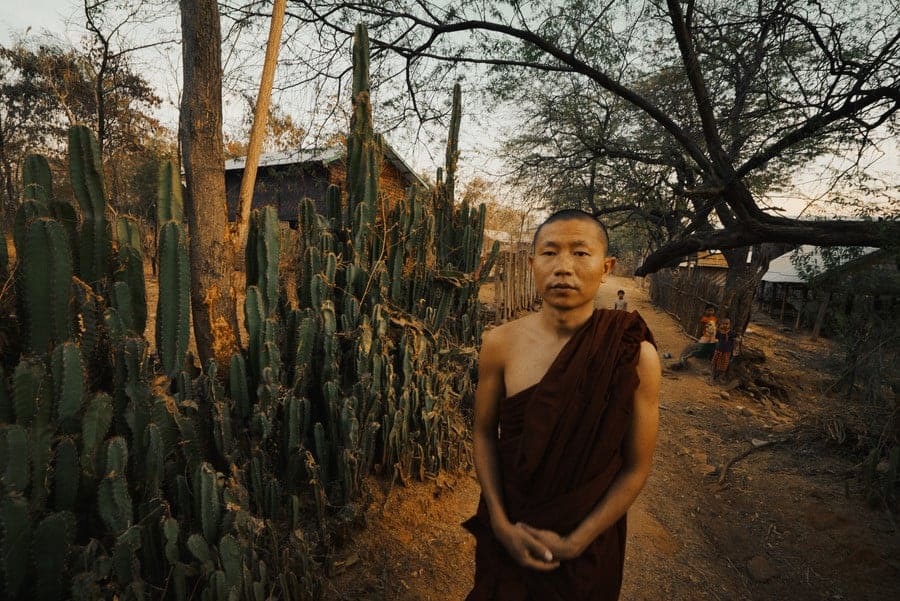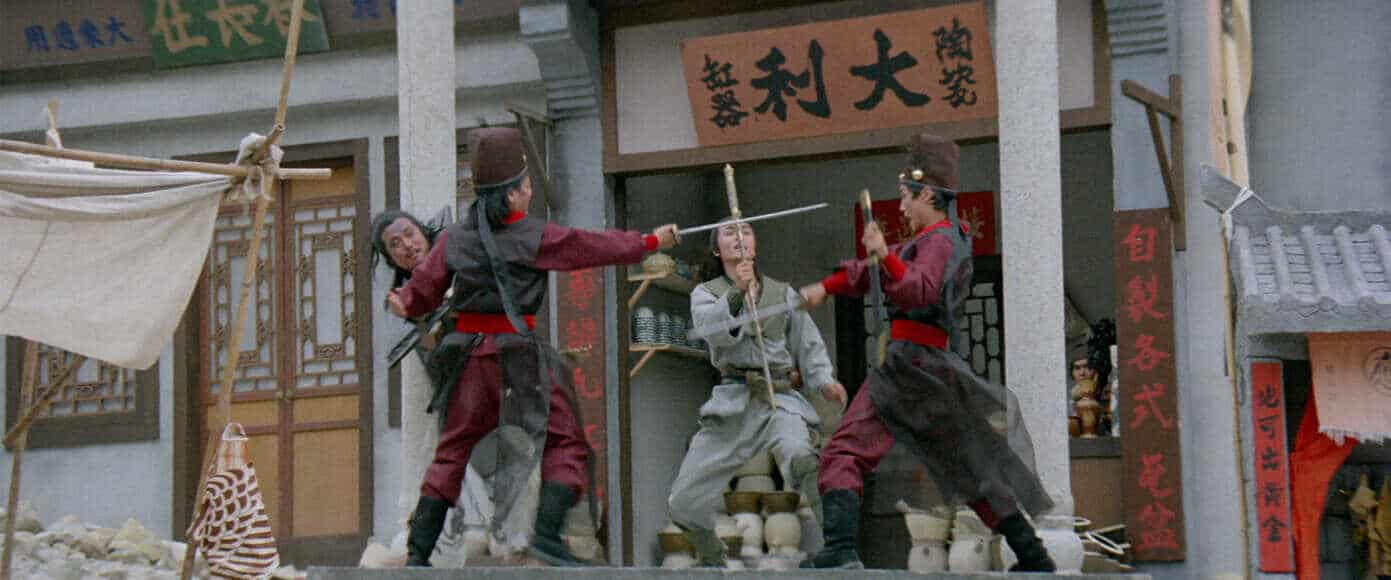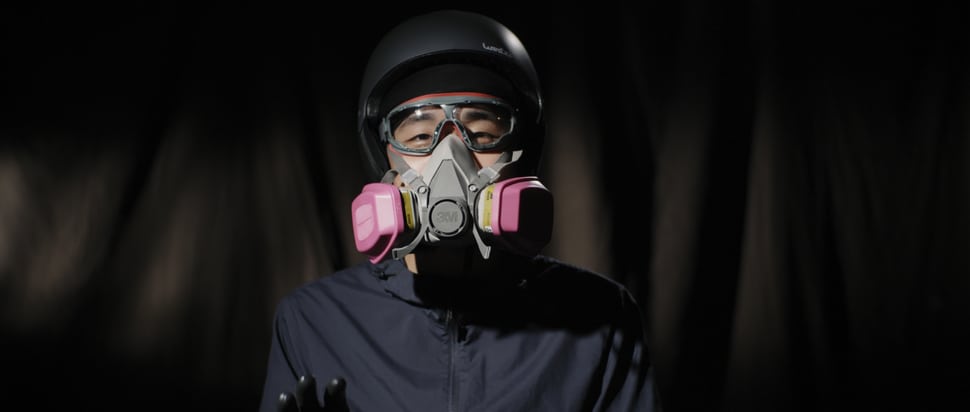Thanks to the role of the live narrator, known in Japanese as benshi, the movies in the country were never completely silent. Vital for the film industry in its first decades, some of the benshi were similar to that of the current-day voice-over – equally telling the audience what is happening on the screen and why. Masayuki Suo's latest comedy “Talking the Pictures” is a tribute to precisely this largely lost art form.
“Talking the Pictures” is screening at Toronto Japanese Film Festival

Like many of his friends from rural Japan in the early twentieth century, Shuntaro is crazy about movies and wants to work in them, and more precisely, he wants to be a benshi, a film narrator who gives meaning to and makes the moving pictures on screen come to life. One day, while being chased by an angry policeman, he meets Umeko and the two sneak into a screening of a movie and see the young boy's idol, the famous benshi Shusei (Masatoshi Nagase). However, this turns out to be the only time the two friends watch a movie together for they soon become separated.
Fast forward ten years and Shuntaro (Ryo Narita) has become a benshi. Or at least to a degree, for he works as a Shusei impersonator for a yakuza group. After an altercation with the police and the yakuza, the young man decides to try his luck at becoming an authentic benshi at a small Tokyo cinema. However, the law and the underworld are still after him.
From its opening shot, “Talking the Pictures” shows the viewer that it's going to be a movie about cinema. A love letter to the early experimental years of the medium when there were much less established norms in filmmaking and everything was free and to a degree, based on chance. This is best shown in the first scene where Shuntaro and his gang crash a jidaigeki shoot and instead of being shooed away, become an integral part of the narrative. That is because, what is shown on the screen seems to be less important than the person narrating it.
Together with the freer approach to filmmaking from a century ago, Masayuki Suo presents us a Japan that is very different from that shown in most history books or recent movies like “Angry Rice Wives”. Instead of the usual images of a nation steeped in imperialism and nationalism, we see the Japanese as people like everyone else. They are crazy about popular culture, go to the cinema in droves just to see their favorite benshi and not shying away to either laud or condemn it in loud voices. In fact, these spontaneous interjections are one of the funniest aspects of the film. It is also a breath of fresh air to see that though the country has fallen into madness, the people have kept their agency and sense of humor.
With the way each benshi has a direct influence over his fans, Suo's film also hints at the cinema as a place of possible dissent. Some of narrators, such as the handsome, arrogant, and corrupt Takayuki (Kengo Kora) are nothing more than heartthrobs, while others, for example Shuntaro's idol Shusei, have fallen into depression and alcoholism because they have realized their power over the masses. Yet, the director does not delve into that aspect of the cinema, instead choosing to keep his movie lighter.
What he shows in great detail, though, is the fact that the viewers go not for the films themselves, but for the narrators. We see this from the fact that each of the vastly different benshi in the film have completely different audiences. Take for example the two star benshi at the cinema Shuntaro works at, Takayuki and Shiro (Kanro Morita). While the first's performances are attended mostly by girls who scream and pass out in a manner that reminds the viewer of The Beatles, that of the second, who is famous for being very serious and intellectual, is constituted of completely different people. Moreover, the speed of the movie also follows the narrative style of the benshi, not the other way around. This makes the moving image nothing more than a canvas on which the individuality and genius of the true artist – the narrator.
Visually, many of the movie's scenes, and especially the more physical ones involving chasing and fights, will remind the viewer of a silent movie. A case in point is the final chase that involves many of the key characters in the film. Taking place both within the moving picture theater, as the characters call the cinema, where a good part of the movie takes place, and around the city, it is so unrealistic and slapstick, that it cannot but remind the viewer of Buster Keaton's work, for example. It is also easily one of the most engaging and ludicrous action scenes in recent memory.
With its engaging plot and ridiculous hijinks, “Talking the Pictures” is a worthy watch not only for the fans of Masayuki Suo's style of comedy, but also everyone who loves cinema.
















